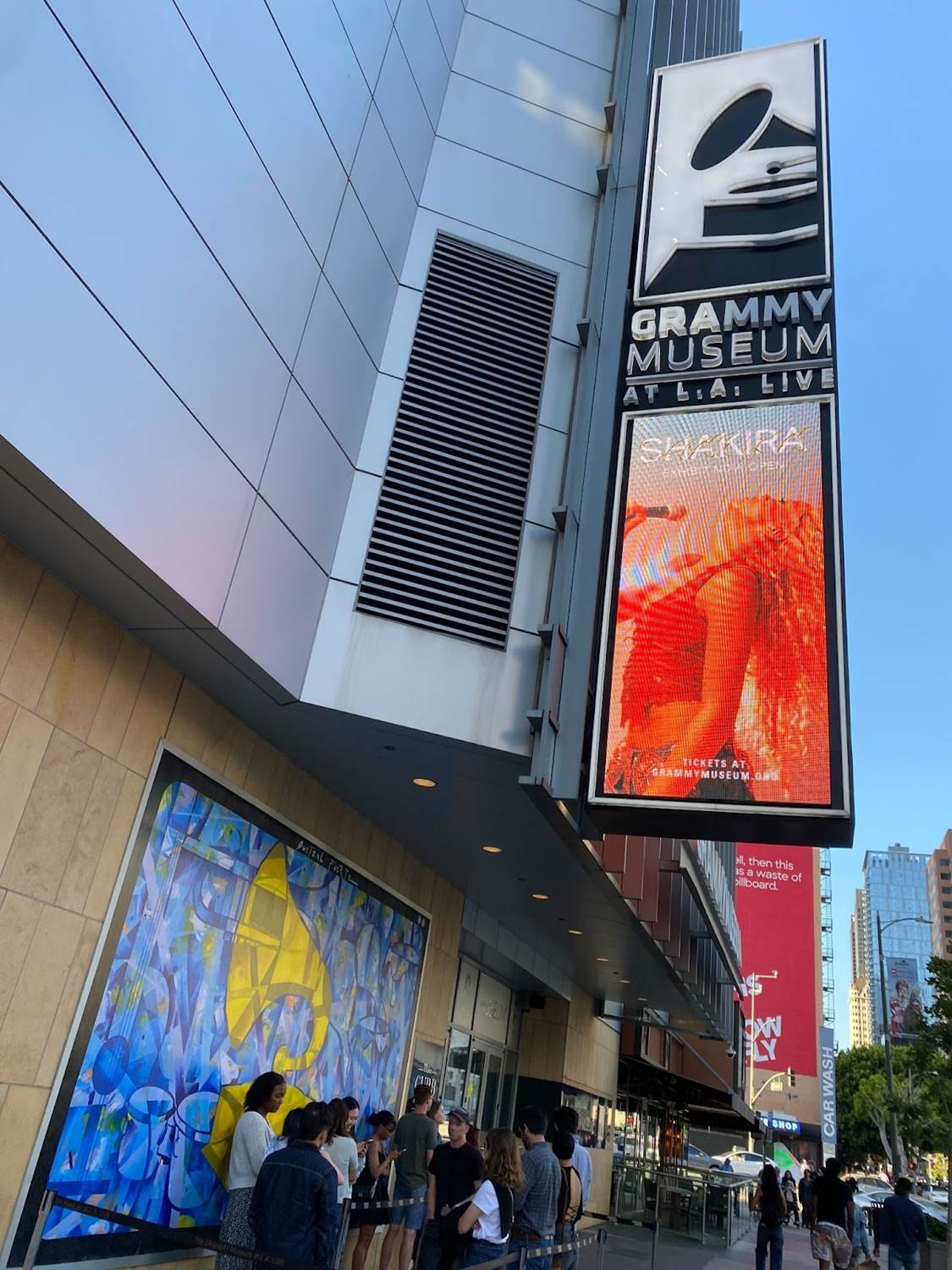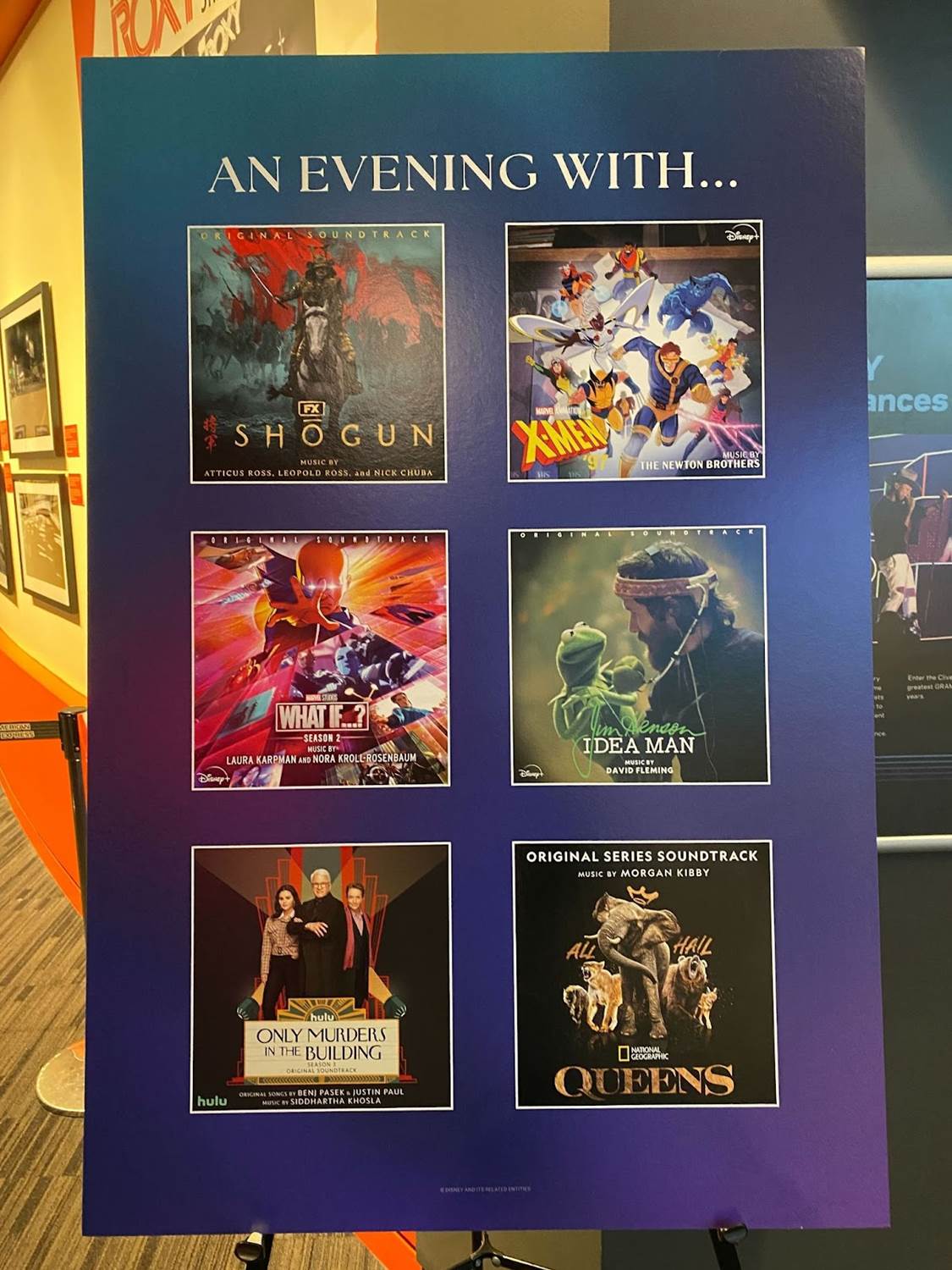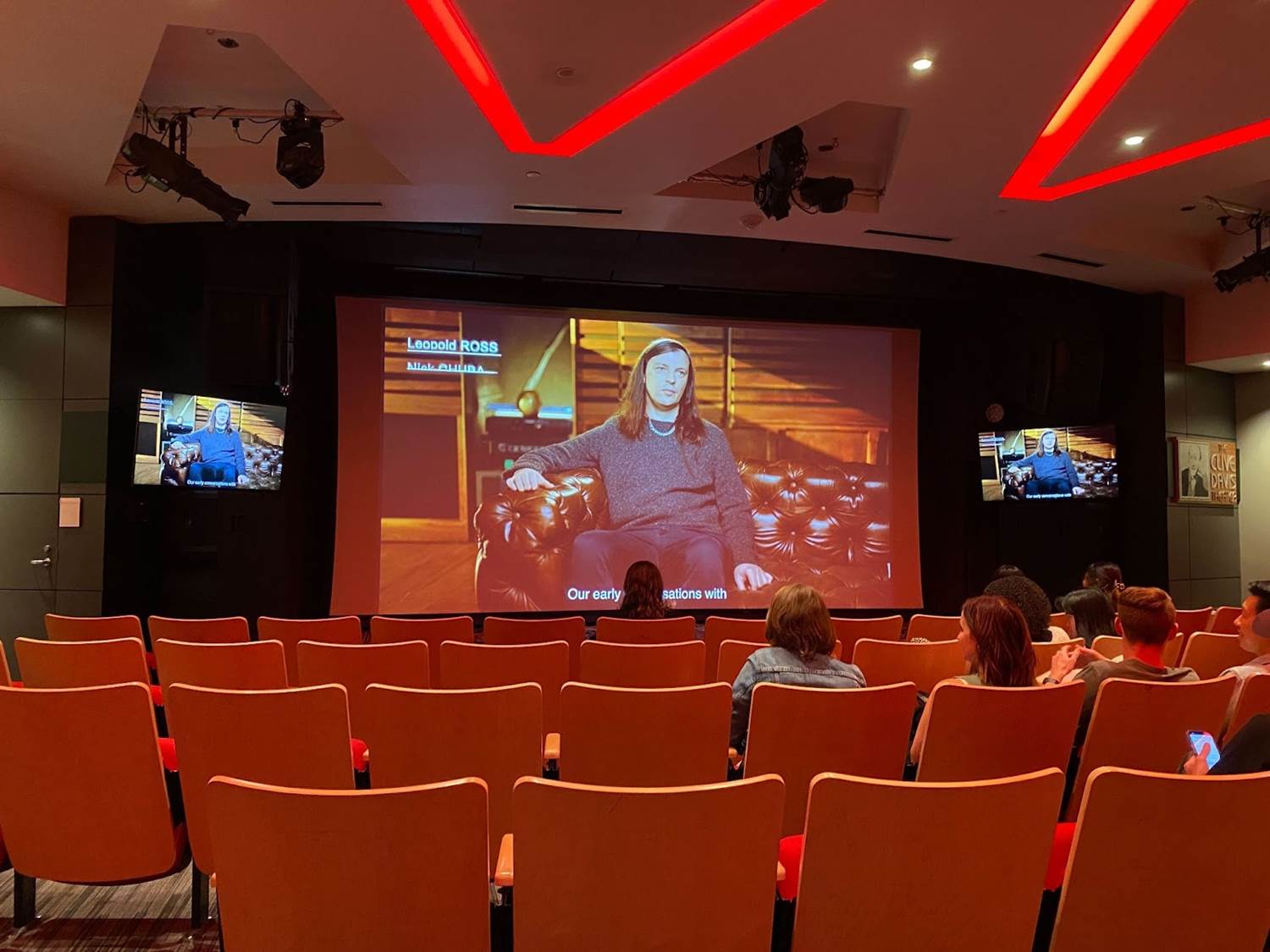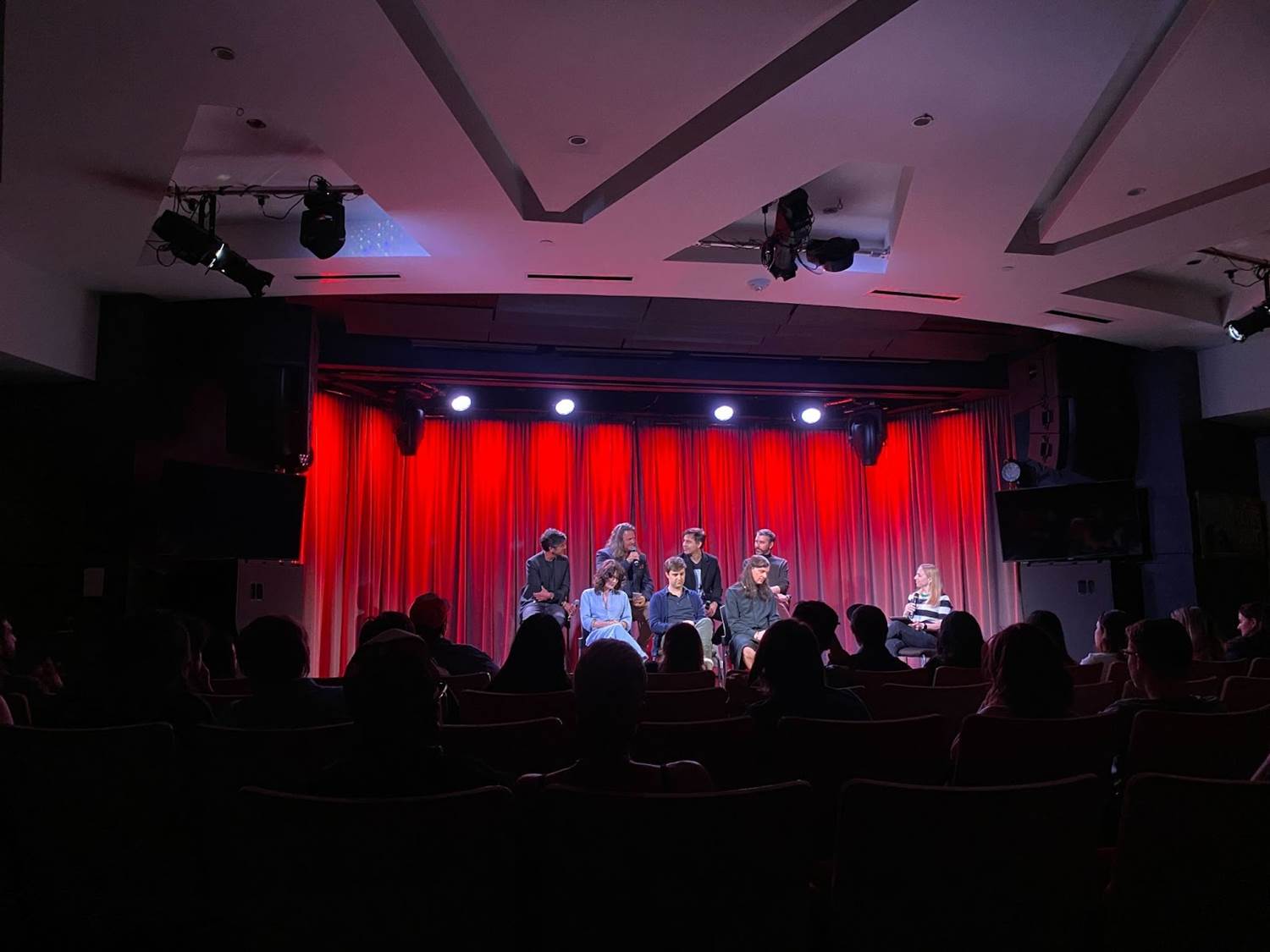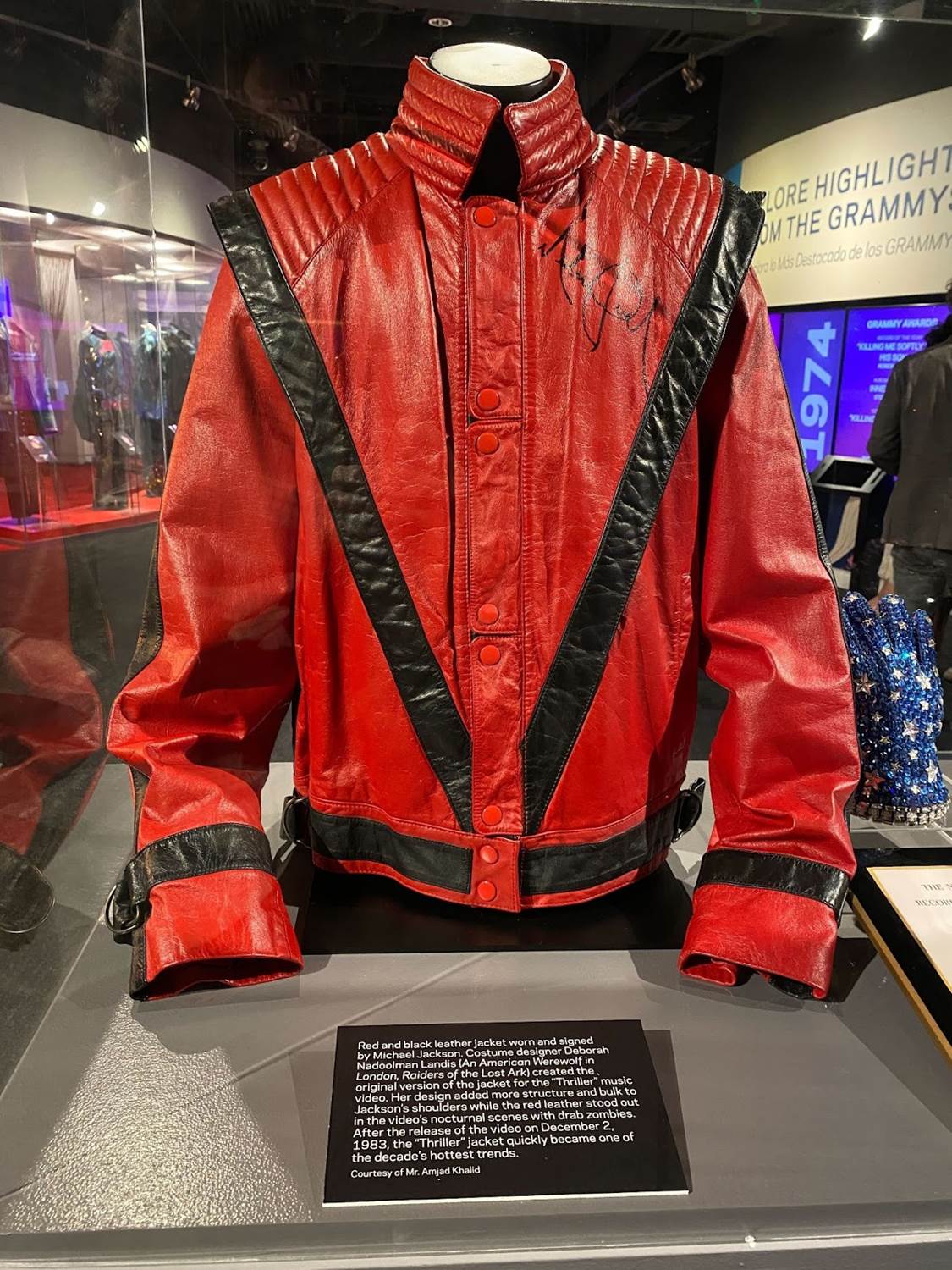Event Recap: Composers of “Jim Henson Idea Man,” “Only Murders In the Building,” “Queens,” “Shogun,” and “X-Men ’97” Speak at Grammy Museum
Last week Laughing Place was invited to attend a special event at the Grammy Museum in Downtown Los Angeles celebrating the composers of the scores for a number of different Disney-produced television offerings, including the Disney+ documentary Jim Henson Idea Man, Hulu’s Only Murders In the Building, National Geographic’s Queens, FX’s Shogun, and Marvel Animation’s X-Men ‘97 (the composer for Marvel’s What If…? was also scheduled to attend but had a conflict and couldn’t make it). Below is my recap of that evening’s presentation.
The moderator for the event was Heather Guibert, who serves as Vice President of the Guild of Music Supervisors, and she brought out Leopold Ross and Nick Chuba from Shogun, Morgan Kibby from Queens, David Fleming from Jim Henson Idea Man, the Newton Brothers from X-Men ‘97, and Siddhartha Khosla from Only Murders In the Building. Then after showing a brief clip, she directed her questions toward the Newton Brothers (who are apparently not actually related) first, such as how familiar they were with the original X-Men animated series. They talked about the difference between consuming a show like that as a kid vs. as an adult, what it was like being brought onto an existing beloved property, and the desire to create something new that incorporated the familiar themes. Ultimately they said they “let the ship tell us where it needed to go." They also discussed working with animatics and their conversations with X-Men ‘97 showrunner Beau DeMayo about what emotions the audience should be feeling with each character. According to the Newton Brothers, DeMayo’s strategy was, “Let’s not jump into something completely new, but also let’s not just be that original show." They concluded their part of the presentation by revealing, step-by-step, how they came up with the themes for the character of Magneto.
Next up was Nat Geo’s Queens, and Guibert brought up the use of the opening guitar riff from Peaches’ “Boys Wanna Be Her" and how it set the expectation of what the music sounds like. Then Morgan Kibby talked about how each episode of the series was approached like a film and used two or three elements for its “base palette." She also mentioned that “there’s really not a unifying thread" of musical themes through all the episodes, but that she enjoyed exploring the concepts of “push and pull" between intimate and grand styles of music. She discussed her working relationship with showrunner Chloe Sarosh: “We started off not having to convince one another [of the direction the music should take]." For one episode, Kibby wanted to take a ‘70s science-fiction approach in the style of German electronic band and film composers Tangerine Dream. In this series, Kibby said, “the score is heavy lifting as much as the visuals and narrative," with the music having to help out the pacing and editing of the show.
The third subject of discussion was Jim Henson Idea Man, and David Fleming’s approach to working on a documentary about a real person, who he describes as “the easiest subject for almost everyone to engage with. Not much is known about him, and yet you feel like you know him from his work. Everything came down to [director] Ron Howard, who pointed out that Henson was ‘insanely driven from a playful point of view.’" For the doc, Fleming chose interesting sounds and a playful energy to represent Henson’s personality. “Everything he made was so colorful– it was like dumping the crayons out and seeing what worked." He used glass bottles, trash cans as found instruments– “stuff you couldn’t fit into anything else." He also talked about how music is such a big part of Muppet culture and how that irreverence and joy became a “North star" to follow. “Henson was steeped in experimental film" and always “interested in pushing the boundaries," so Fleming took that cue from him.
For Shogun, composers Leopold Ross and Nick Chuba talked about how important it was to have the musical palette be authentic, but that their goal was never to make period Japanese music. They did research on imperial court music of Japan and then distorted those ideas into new pieces. For the premiere episode of the series, they thought about the psychology of the audience and wanted to give them the same sense of unease as the crew on the ship, so they “went out of [their] way to make the audience feel uncomfortable, scoring the psychology of the scene rather than the place. So much of what’s happening is about the unsaid. We’re scoring what’s going on in [the characters’] heads rather than what’s coming out of their mouths." They also referenced Akira Kurosawa’s 1985 film Ran and approached Shogun as a ten-hour movie. With a longer production schedule, they had the “luxury of time" and were able to hone the score with the help of the series’ sound designers and mixers. To conclude their part of the presentation, Ross and Chuba partnered with the Newton Brothers to talk about what it’s like working as composer teams rather than as individuals.
Lastly we heard from Only Murders In the Building composer Siddhartha Khosla, who discussed the very specific concept of the “White Room" from the show and how it represented “the hardest piece of score I’ve ever written." He mentioned how the series’ co-creator John Hoffman told him “you can never go too far with anything" and that he wanted Khosla to “take [him] to that place inside [Steve Martin’s character’s] brain" to experience this straight-laced man having a euphoric experience. Khosla then went on to talk about how the show’s third season revolved around a musical and how his score was impacted by the songs that were written for that show-within-a-show. He describes Only Murders as “a comedy on the surface with emotional drama underneath" and that the subtext is really about lonely people finding joy in each other. To conclude the presentation, Guibert asked each of the composers to name their “North star" or guiding light in coming up with the music for each project.
Overall it was a really fascinating discussion and I certainly learned a lot about what goes into the process of composing music for television. Then afterward it was very cool to explore part of the Grammy Museum and its exhibits, which I have never properly visited before outside of events– though this evening certainly made me want to!
For more information on the Grammy Museum and its upcoming events, be sure to visit the museum’s official website.




